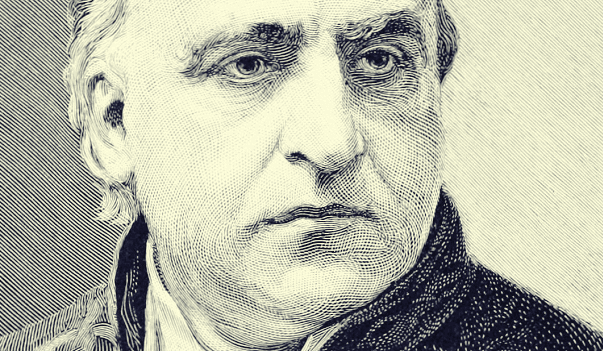Jean-Martin Charcot was a famous physician and neurologist, born in Paris in 1825 and his contributions had well-defined consequences, both in medicine and psychology, he was a pupil of the famous Guillaume Duchenne of Bologna, he and Charcot are both. considered the parents of neurology, but not only that. Charcot was also the most important precursor to psychoanalysis.
He worked for 30 years at the famous Hospital da Salpetriére, when Charcot arrived at the site he had about 5,000 patients, of whom some 3,000 had mental health problems. This hospital, in addition to training new doctors and experimenting on new methods, was the most important medical center in the world at the time, in everything related to the brain.
“The theory is good, but it doesn’t stop things from happening. “Jean-Martin Charcot-
Charcot became very famous in Europe when he began to use hypnosis as a method of treating hysteria, he was above all a man of science, so he was open to all the novelties in the field of medicine, his observations led him to pay special attention. attention to hysteria, a disorder he explored more than any other of his contemporaries.
Charcot’s new patients were of all kinds. Prostitutes, vagrants, people with cognitive problems and others who had been rejected by society. Meanwhile, the Salpetriére was known as the great asylum of human misery or the “pandemonium of madness”. It was Charcot who made this chaotic place the most important medical research center in Europe.
Since the time of Hippocrates, the uterus has been seen as a moving organ that runs through the woman’s body, when this organ reached the chest it caused severe symptoms, including strange seizures and shortness of breath. This was known as hysteria and many women had such symptoms. Hysteria was then considered the exclusive condition of women.
Until Charcot’s arrival, most patients were not treated; most women, in turn, had been diagnosed as hysterical; however, the French doctor noted that some men also had symptoms that could be classified as hysterical. seizures also had rare manifestations of the disease, such as blindness or paralysis. The common thing in all these cases is that there was no medical explanation.
Jean-Martin Charcot was mostly a brain scholar. His research has led him to lay the groundwork for diseases such as sclerosis, he has also helped to shed light on many aspects of brain hemorrhage and other diseases, such as Friedreich’s ataxia and Tourette’s syndrome, but his curiosity took him again and again to the ward of so-called simple epileptics. There, 90% of patients had been diagnosed as hysterical and neurasthenic.
Charcot discovered that hysteria was in the brain, not in the womb, he also tested that the origin of these seizures, shortness of breath, paralysis and other unexplained symptoms could be in past experiences and almost simultaneously proposed the idea that this evil could be treated through hypnosis. Thus was born one of the most fascinating spaces of the time: tuesday sessions.
Charcot presents cases of hysteria on a real theater stage. The French doctor showed, one by one, how the symptoms disappeared into a state of hypnosis. And they weren’t all women: it’s proven that this happens to men, too.
Charcot was harshly criticized by several of his contemporaries, who accused him of not being a scientist and turning his Tuesday sessions into a circus, but the claims were not correct. Charcot had a deep scientific mind and that is precisely why he denied any option, he quickly found analogies between hysteria and hypnosis.
Charcot proposed the existence of traumatic hysteria, that is, triggered by an event that had a profound impact on the person’s mind. He noted that hypnosis consists of an order that the patient complies with at his suggestion. Something similar happens in traumatic hysteria. Trauma is like self-hypnosis: order is in trauma and causes the subject to act unconsciously, in a strange way.
One of Charcot’s great contributions was precisely that he edested the concept of “trauma” and developed this notion. Apart from the important contributions of this great French scientist, one of his students, Sigmund Freud, discovers psychoanalysis.

